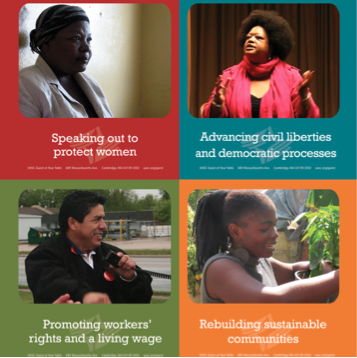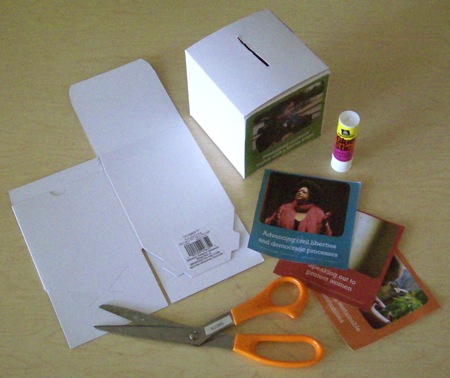I’ve just been checking out Karen Bellavance-Grace’s white paper “Full Week Faith: Rethinking Religious Education and Faith Formation Ministries for Twenty-First Century Unitarian Universalists.” If you read it, I think you’ll find that this paper is a pretty good summary of the debates that have been going on within Unitarian Universalism regarding the role of religious education. And that’s both a strength and a weakness. It’s a strength because Bellavance-Grace summarizes the debates nicely, and offers a positive way forward. It’s a weakness because the Unitarian Universalist conversation on religious education has gotten pretty narrow, and has not paid attention to a wider international, interfaith conversation about the role of religious education.
While reading Bellavance-Grace’s paper, I’ve also been reading Thomas Groome’s latest book, Will There Be Faith? and it’s worth making a brief comparison of the two.
Both writers are committed to religious education that is grounded in the experience of learners. But Groome goes further than Bellavance-Grace, and he says that it’s not enough talk about “experience,” because that doesn’t do full justice to the ability of learners to take charge of their own learning. Drawing on Paolo Friere’s work, Groome says he prefers the word “praxis,” by which he means real-world practical action that is more than social service or band-aid charity. As a left-wing Catholic, Groome stands to the left of Bellavance-Grace, particularly in his insistence that children should be active participants in their own learning, and in his insistence that doing education with children can (and should) effect real change in the wider society. So it’s great that Bellavance-Grace continues to be committed to the tradition of experience in education, as set forth by John Dewey a century ago, and it’s great that she updates it for the postmodern era. But Groome is in that same tradition, and he elaborates on Dewey using the insights of Paolo Friere, and then he takes it even further using his own shared praxis model. I find Bellavance-Grace to be a little too conservative for my tastes; Groome’s insistence of the preferential option for the poor, his insistence on the need to seriously challenge the world around us — I find these more in line with what my religious convictions demand of me.
Both writers are committed to educating children into a faith tradition. Groome explicitly acknowledges the insights of John Westerhof, who, at the first rumblings of postmodernism in the 1970s, was one of the first religious educators to point out the new need to explicitly teach children how to be a part of a faith tradition. Bellavance-Grace does not explicitly acknowledge Westerhof, but his influence is clear on her work. Both Bellavance-Grace and Groome come up with similar pedagogical approaches to educating children in faith — Bellavance-Grace calls her approach “experilearn,” and Groome calls his “life to Faith to life.” — and both these approaches emphasize the connection between the life of faith and the rest of the world. But Groome’s pedagogy is much more fully developed, and has a more practical orientation. Also, because his pedagogy is grounded in Friere, there’s a much stronger sense of how reflection and praxis are intertwined; you don’t just learn something then move on, you engage in the world, reflect on your engagement, then engage again, reflect again, and so on for a lifetime. Since I’m a working religious educator, I find Groome’s practical and more fully developed pedagogy to be far more useful.
So Bellavance-Grace and Groome are pretty close in terms of their educational philosophy, and either or both would be useful to Unitarian Universalist parents and religious educators. Unfortunately, many Unitarian Universalists will be turned off by Groome simply because he is a Christian and a Catholic; so many Unitarian Universalists still wear the blinders of anti-Christian and/or anti-Catholic prejudice (and I’ve never quite understood why John Roberto gets a pass from Unitarian Universalists when other Christian religious educators don’t). But while Bellavance-Grace’s paper is quite useful, I think she just doesn’t go far enough; and in the end she advocates a kind of top-down approach driven more by religious professionals than by parents and kids. Groome’s shared praxis approach takes us beyond John Dewey; I think he has a better grasp of the postmodern context; he offers lots more sound practical advice, advice for the grass-roots which will work for religious professionals, parents, and even for kids.
Yes, Bellavance-Grace represents state-of-the-art Unitarian Universalist religious education; she has nicely distilled current cutting-edge Unitarian Universalist religious education practice. The problem is that Unitarian Universalist religious educators are behind the times, and if we want to catch up, we’re going to have to look beyond our narrow borders.


